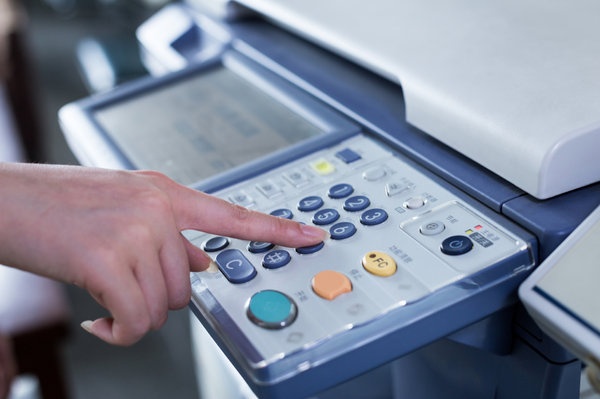
Even in the Internet age, businesses still run on paper, a lot of paper. Every year, the average worker generates 10,000 sheets of paper, and much of that paper is electronic communications such as email and presentations. When you add it up, that’s 4 million tons of paper. One of the biggest cost centers for any SMB is office printing, and that’s not just the cost of paper but also the cost of printing hardware, maintenance, and the staff to manage the printers.

According to Gartner, the amount of paper generated by the average business is increasing at a rate of 25 percent annually. While many businesses are looking to reduce costs by moving to paperless processes, there still is an incredible demand for paper for record-keeping, invoicing, and routine business processes. SMBs can save up to 30 percent of their printing costs by adopting managed print services (MPS).
What are Managed Print Services?
The term “managed print services” actually covers a lot of different products and services, but generally, it means consolidating all your office printing under one single resource or department. Managed print services can be handled in-house, as an extension of the IT department, or it can be outsourced to a company that specializes in providing tech support for business.MPS is much more than overseeing printers. It includes managing all in-house printing and data capture devices, such as departmental and central printers and scanners It also covers copiers, FAX machines, multifunction printers – anything to do with generating paper. An MPS contract also covers maintenance and support for all hardware, including routine service, maintenance, and emergency repairs. Depending on your service contract, it can even cover delivery of renewables such as paper, ink, and toner.
MPS also can include service for networked printers and devices, which means supporting office connectivity to networked print and FAX servers. Many IT service firms include MPS as part of their network management service contracts.
Almost any business can save money and improve operating efficiency, but as you consider the benefits that MPS could bring to your business, you should weigh the pros and cons.
Arguments against MPS
Let’s start with the common reasons offices do not used managed printing:- Convenience – Depending on the size of the office, having individual printers in strategic locations might make sense. Executives in particular find it convenient to have a dedicated printer in their office. That way they can print sensitive documents without concern for misplacing them at a centralized printer.
- Paperless Office – The fewer printers that are available, the more likely employees will be to adopt paperless processes. For example, rather than exchanging printed reports they would share digital reports, which would be more efficient and save paper.
- Time-Saving – Some managers argue that by centralizing printing resources using MPS, you will waste more employee time. There is the time it takes to get up and collect documents elsewhere in the office, including time wasted talking with colleagues and making stops along the way.
- Cost – Most business managers think MPS is outside their budget and will cost more than maintaining their own printers.
The Advantages of MPS
The pros in favor of MPS far outweigh the cons. Consider these tips:- Less Paper Waste – By centralizing printing using MPS you immediately reduce paper waste. Even if the number of printed reports doesn’t change, the amount of wasted paper should decline. MPS also tends to promote more efficient paperless processes just by changing the way paper printouts are generated.
- Fewer Help Desk Calls – Your IT staff has more important things to worry about than printer support. When you consider the average salary of a computer network professional, saving time by outsourcing printer support comes to real savings in operating expenses.
- One Responsible Resource – By contracting an MPS provider you have one responsible resource. A single telephone call or email should be sufficient to resolve any printing or imaging problem. Otherwise you have to rely on your in-house team to fix a printer failure, including spare parts or finding the right expert.
- Reliable uptime – If you have to rely on a manufacturer to service leased equipment or even a local service company, it could be days or weeks until you get your printer back online. With MPS you are contracting with a company that has the service staff and spare parts on hand, and your MPS contract should include a maintenance clause guaranteeing timely service.
- Security – One of the greatest sources of security leaks in any office is paper documents. MPS allows you to monitor and manage employees’ ability to print out sensitive office information, such as customer contact lists or contracts.
- Document Tracking – MPS services can include auditing services as well, which can be extremely important for tracking sensitive paperwork or for regulatory compliance.
- Cost-Savings – When you take into account the cost of printing hardware, supplies, maintenance, and staff support, as well as the potential losses from printer downtime, you will find that paying for Managed Print Services is far more cost-effective.







